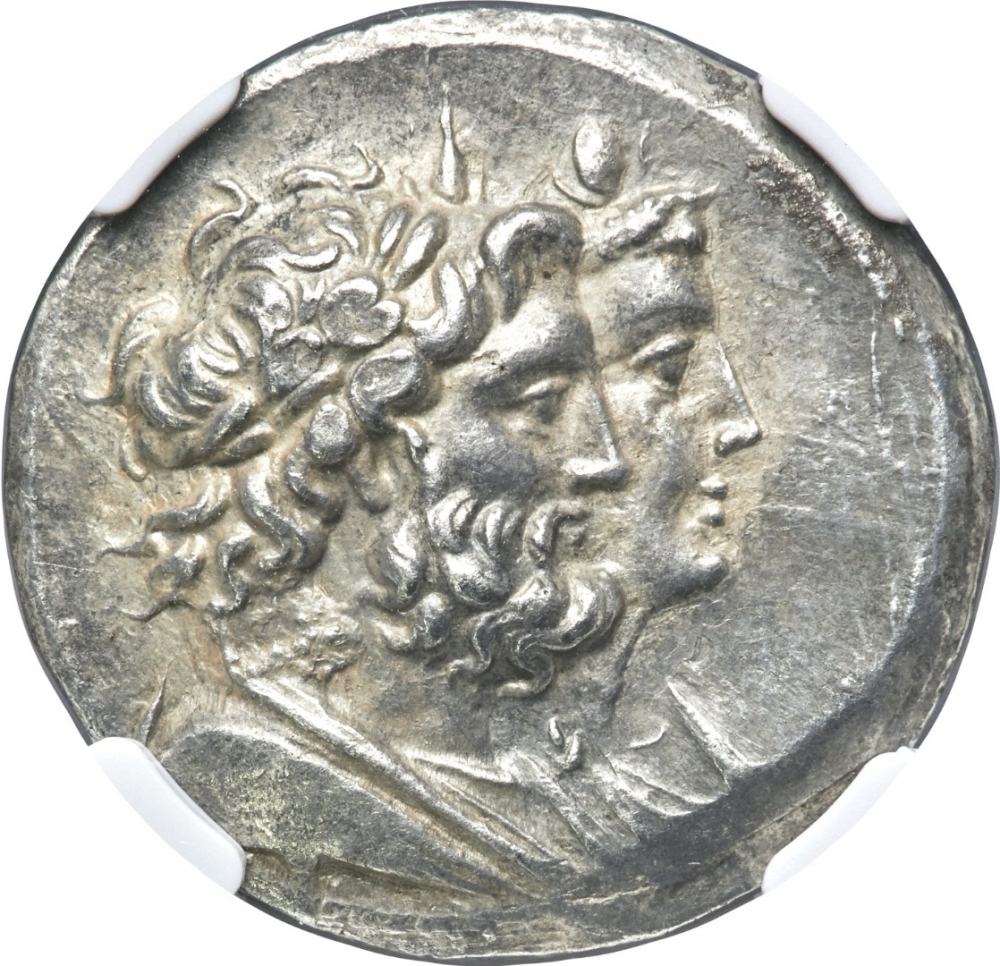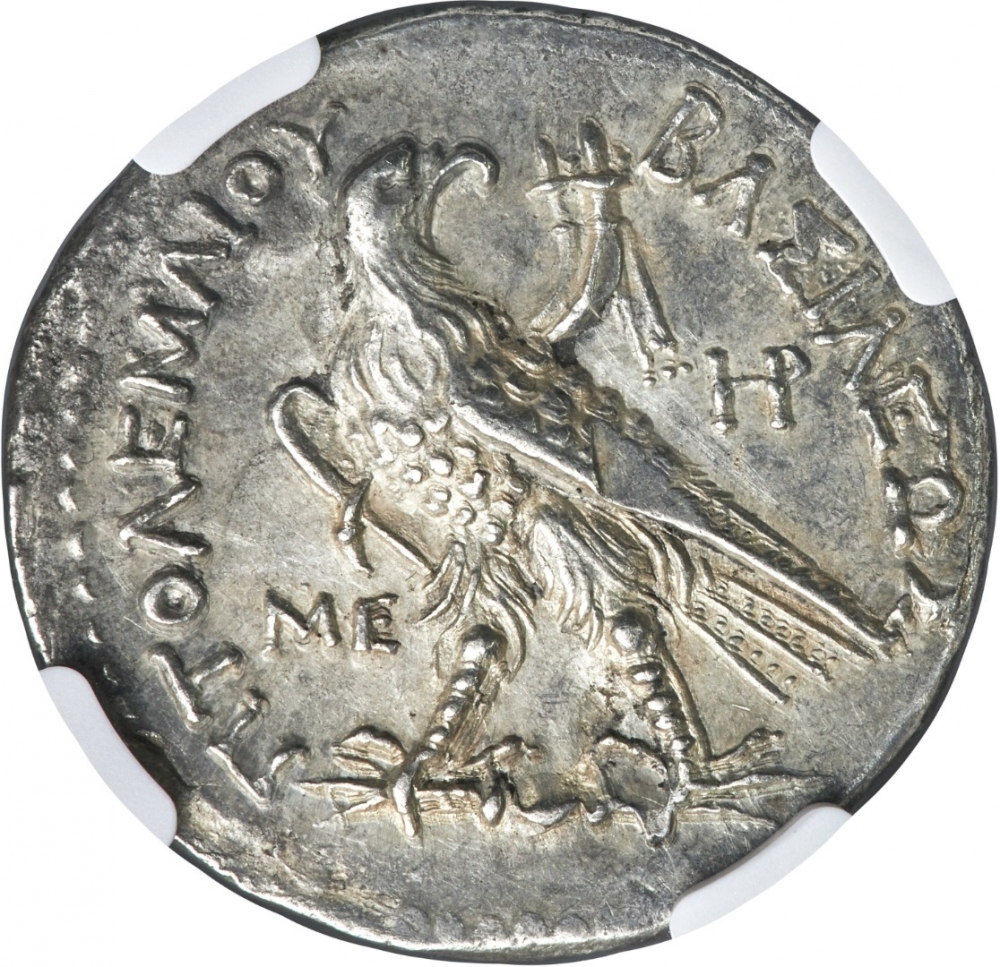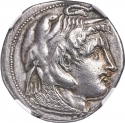You are about to finish your registration. Please check your mailbox (including spam folder). There should be a letter with a confirmation link. Check setting to make sure that your e-mail address is correct.
Send letter againDescription
The Ptolemaic Kingdom was an Ancient Greek state based in Egypt during the Hellenistic Period. It was founded in 305 BC by Ptolemy I Soter, a companion of Alexander the Great, and lasted until the death of Cleopatra VII in 30 BC. Ruling for nearly three centuries, the Ptolemies were the longest and most recent Egyptian dynasty of ancient origin.
Ptolemy IV Philopator ("Ptolemy, lover of his Father"; 244–204 BC) was the fourth pharaoh of Ptolemaic Egypt from 221 to 204 BC. He was the son of Ptolemy III and Berenice II. His succession to the throne was accompanied by a wide-ranging purge of the Ptolemaic royal family, which left control of the realm's government largely in the hands of his courtiers Sosibius and Agathocles. His reign was marked by the Fourth Syrian War (219–217 BC) with the Seleucid empire, which culminated in a decisive Ptolemaic victory at the Battle of Raphia, one of the largest battles of the whole Hellenistic Age. In the final years of his rule, control over the southern portion of the country was lost to the rebel pharaoh Hugronaphor. Ptolemy IV died in mysterious circumstances in 204 BC and was succeeded by his young son Ptolemy V Epiphanes under the regency of Sosibius and Agathocles.
In ancient sources, Ptolemy IV was criticised for being more interested in luxury and court ceremony than government, politics, and foreign relations. The decline of the Ptolemaic dynasty is usually traced to his reign.
Obverse

|
Depicts jugate draped busts right of Serapis, laureate with miniature atef crown above forehead, and Isis, crowned with grain and miniature horned disc above forehead; dotted border. |
|---|---|
Reverse

|
Depicts eagle standing left on thunderbolt, wings closed; double cornucopia bound with royal diadem over right-wing; ME in left field, HP monogram in right field (these two monograms do not occur together on other coins, perhaps suggesting an origin in Syria or Phoenicia), dotted border. ΠTOΛEMAIOY-BAΣIΛEΩΣ |
| Edge |





